Newly released photographs reveal pioneering role of women in wartime photography
To mark the 80th anniversary of VE Day, Historic England has released a collection of photographs that spotlights women's role in the wartime photography industry.
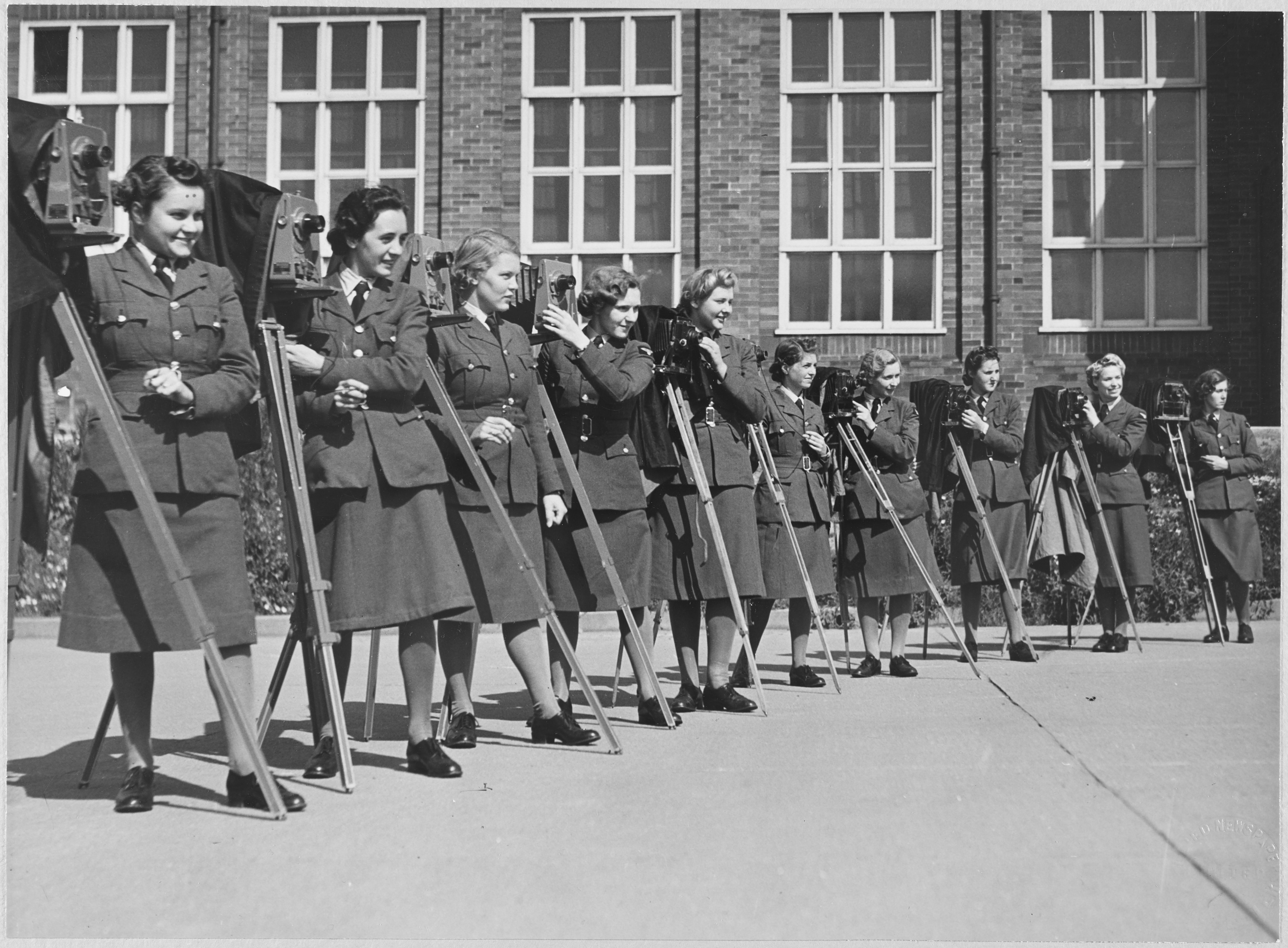

The pioneering role of women in wartime photography is spotlighted in an intriguing collection of photographs newly revealed by Historic England to mark the 80th anniversary of VE Day.
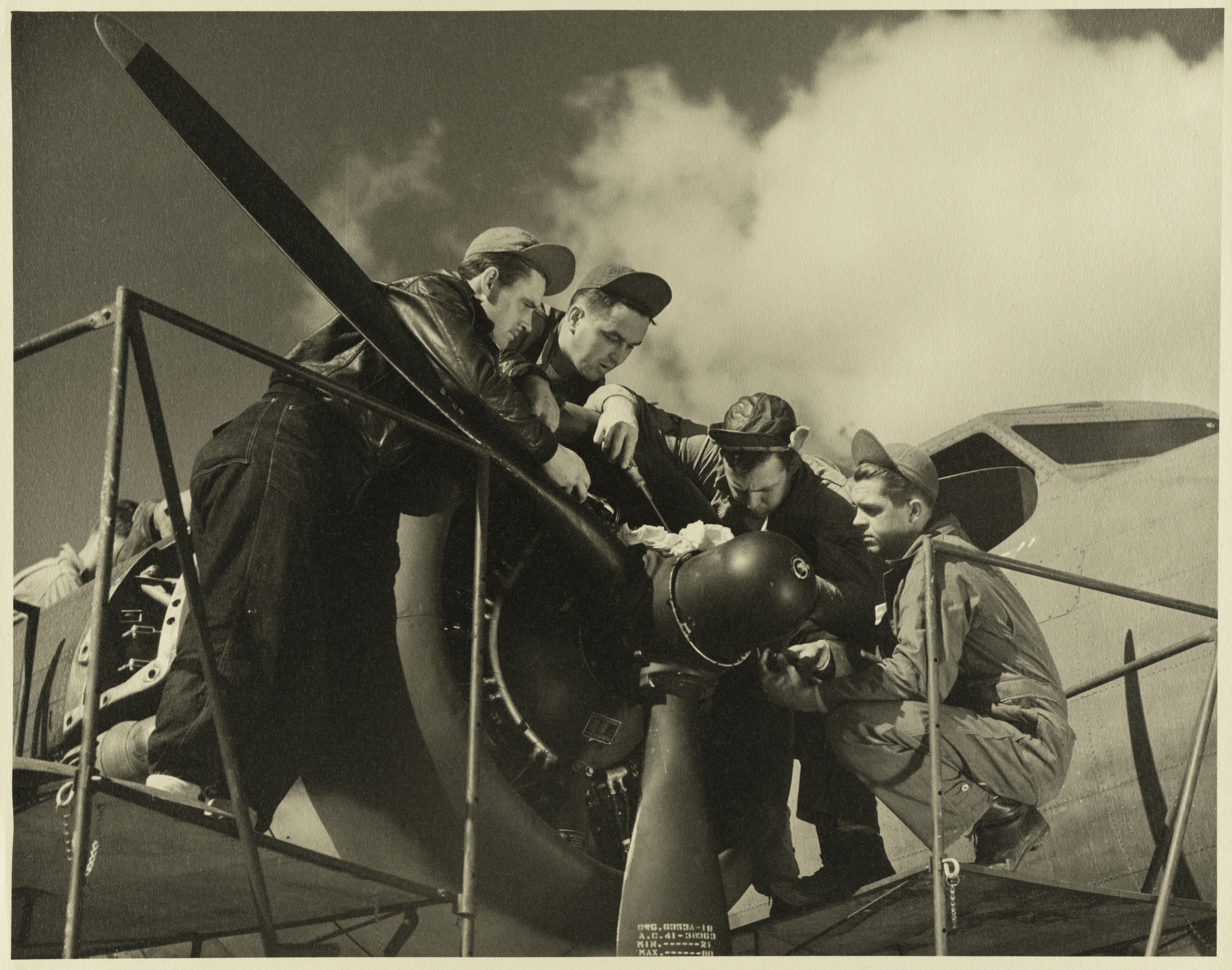
Still from a film produced by the RAF Film Production Unit during the Second World War, showing airmen around the propeller of an aircraft.
Although perhaps more famous for the ‘James Bond’ and ‘Carry On’ franchises, during the Second World War, Pinewood Studios in Buckinghamshire was known as RAF Iver Heath — a base for the RAF Film Production Unit (RAFFPU) and the Army Film and Photographic Unit (AFPU). They produced vital newsreels and coverage of key events, which helped keep the public informed and supportive of the war effort. Notable British talents were there, such as a young Richard Attenborough, as was the Women’s Auxiliary Air Force (WAAF), the contributions of which to photography and reconnaissance during the Second World War have perhaps been undersold.
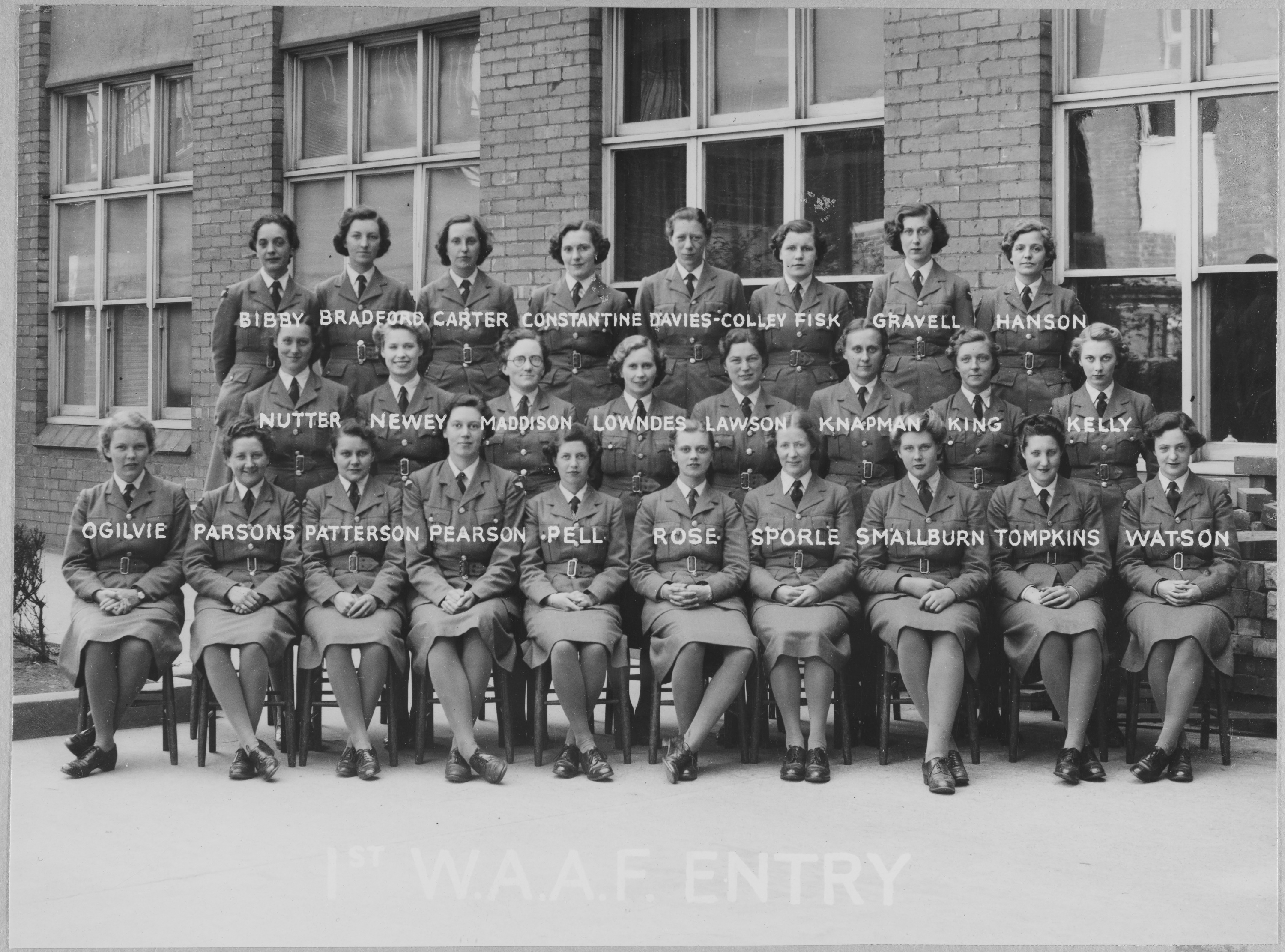
Portrait of the first intake of WAAF (Women's Auxiliary Air Force) recruits to undertake training at the RAF's No. 2 School of Photography in Blackpool.
This extraordinary collection of some 150 photographs was put together by Dorothy ‘Knicky’ Chapman, who was part of the first intake of the WAAF at the No.2 School of Photography in Blackpool, Lancashire, before being posted to Pinewood. Photographers skilled in aerial reconnaissance were urgently needed, so WAAF training proved vital, keeping up with rapid advancements in intelligence-bringing military air photography. In Chapman’s collection, women are shown at work, for example, processing film in mobile darkrooms, but also at play, participating in sports or dramatic productions. It’s a glimpse into their unique wartime world, about which not much is known; Historic England hopes the collection’s release will kickstart better communication with the public, who are invited to share personal stories of women who served in the RAFFPU or WAAF —email communications@historicengland.org.ukbefore May 25.
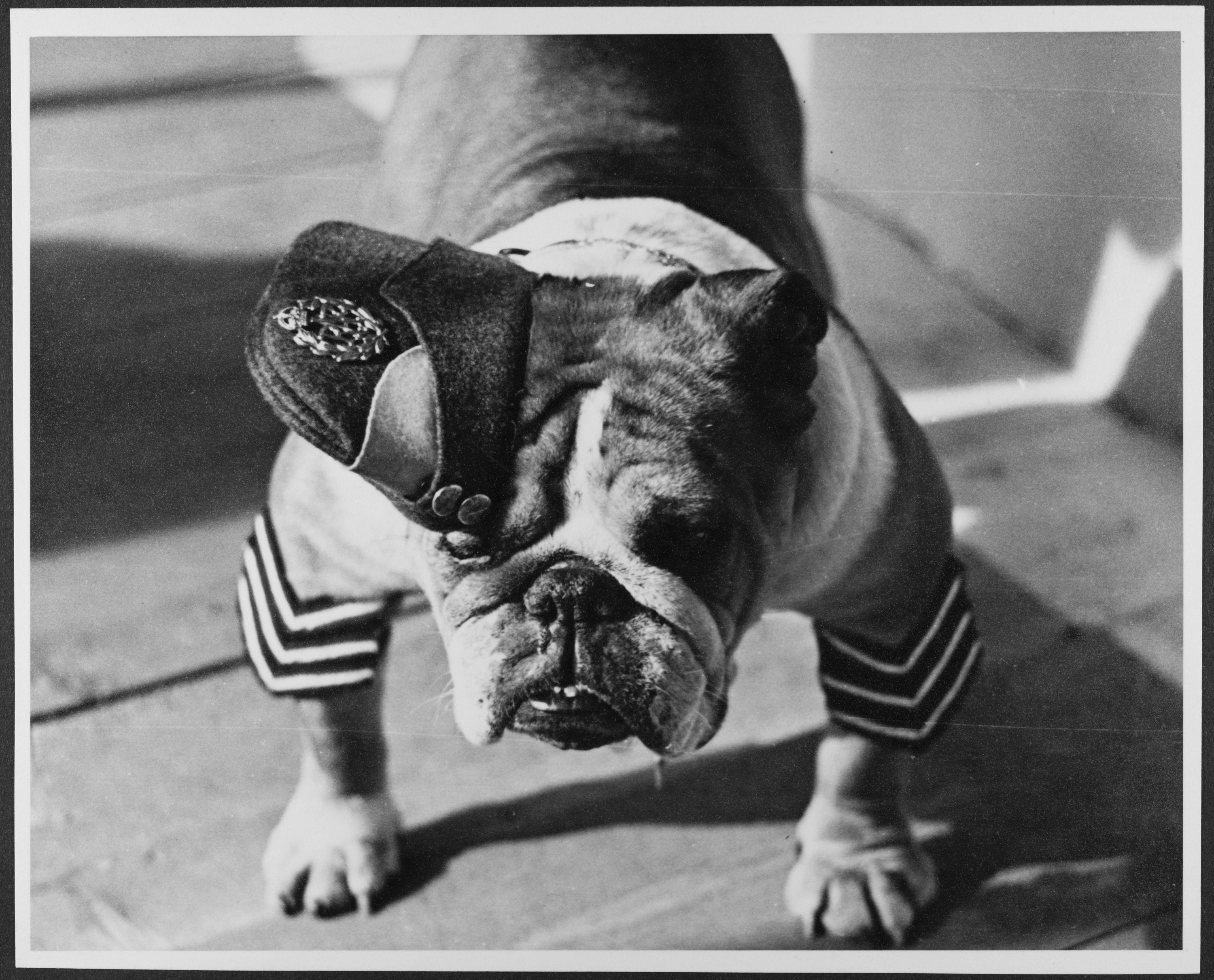
A British Bulldog in RAF uniform, at RAF Iver Heath, Pinewood Studios.
Chapman, who had previously attended art school to study photography, married her course instructor and continued in her chosen career, later taking a job at the Science Museum creating microfiche. It’s likely many of her WAAF peers left photography behind altogether after the war, yet these are women ‘who broke barriers in military photography,’ comments Heritage Minister Baroness Twycross, and ‘this collection honours their contribution to our national story. Their legacy will continue to inspire future generations’.
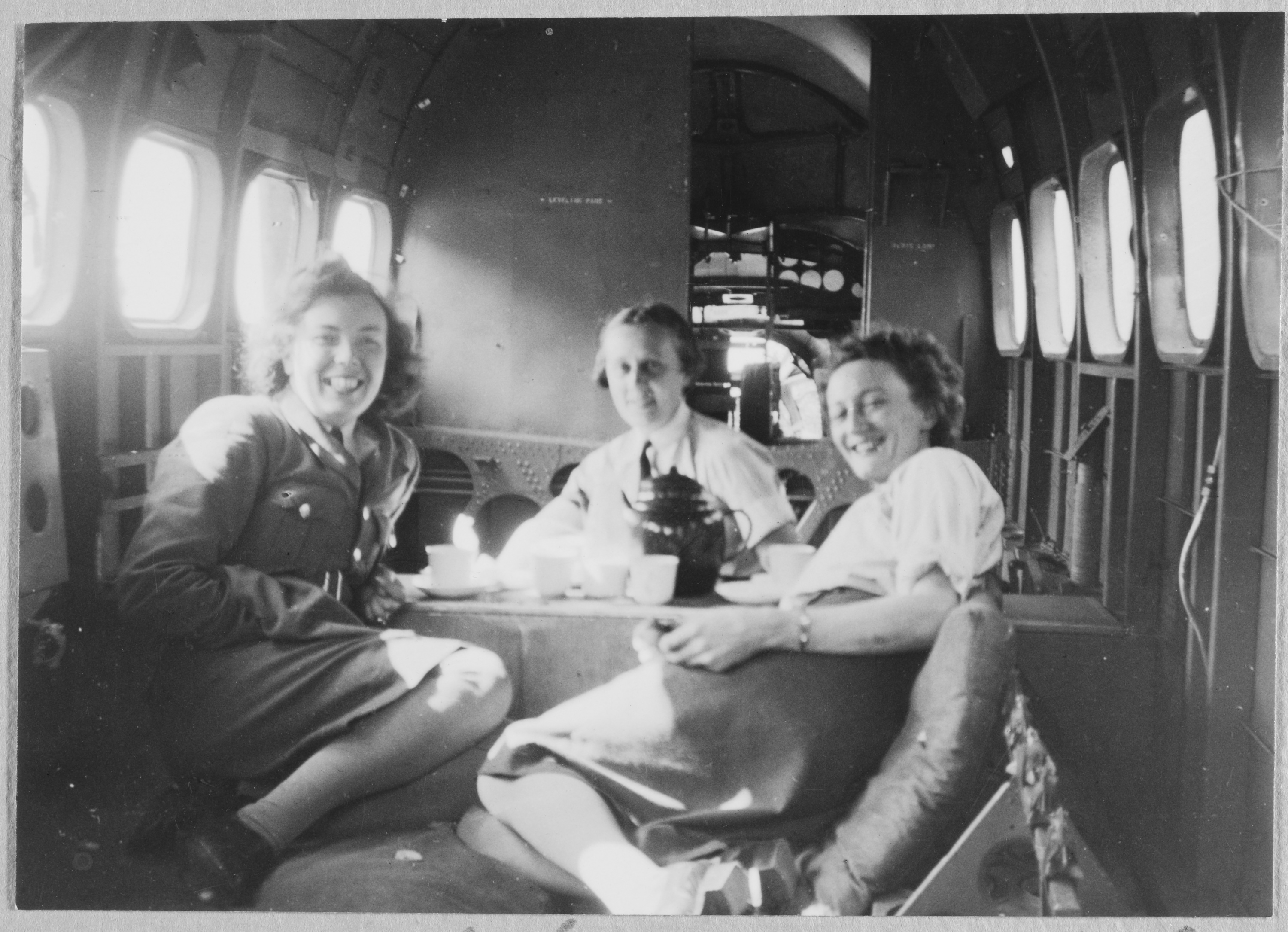
Three WAAF officers having tea aboard an RAF aeroplane. The woman in the centre is Knicky Knapman (later Chapman), with two of her fellow WAAF officers, presumably also instructors at the RAF's No.2 School of Photography in Blackpool.
‘We continue to host an annual Service of Remembrance at Pinewood, giving special recognition to the wartime film and photographic units who trained and worked here,’ adds David Conway, chief executive officer of the Pinewood Group.
Visit the Historic England website to view the collection
Exquisite houses, the beauty of Nature, and how to get the most from your life, straight to your inbox.
Annunciata is director of contemporary art gallery TIN MAN ART and an award-winning journalist specialising in art, culture and property. Previously, she was Country Life’s News & Property Editor. Before that, she worked at The Sunday Times Travel Magazine, researched for a historical biographer and co-founded a literary, art and music festival in Oxfordshire. Lancashire-born, she lives in Hampshire with a husband, two daughters and a mischievous pug.
-
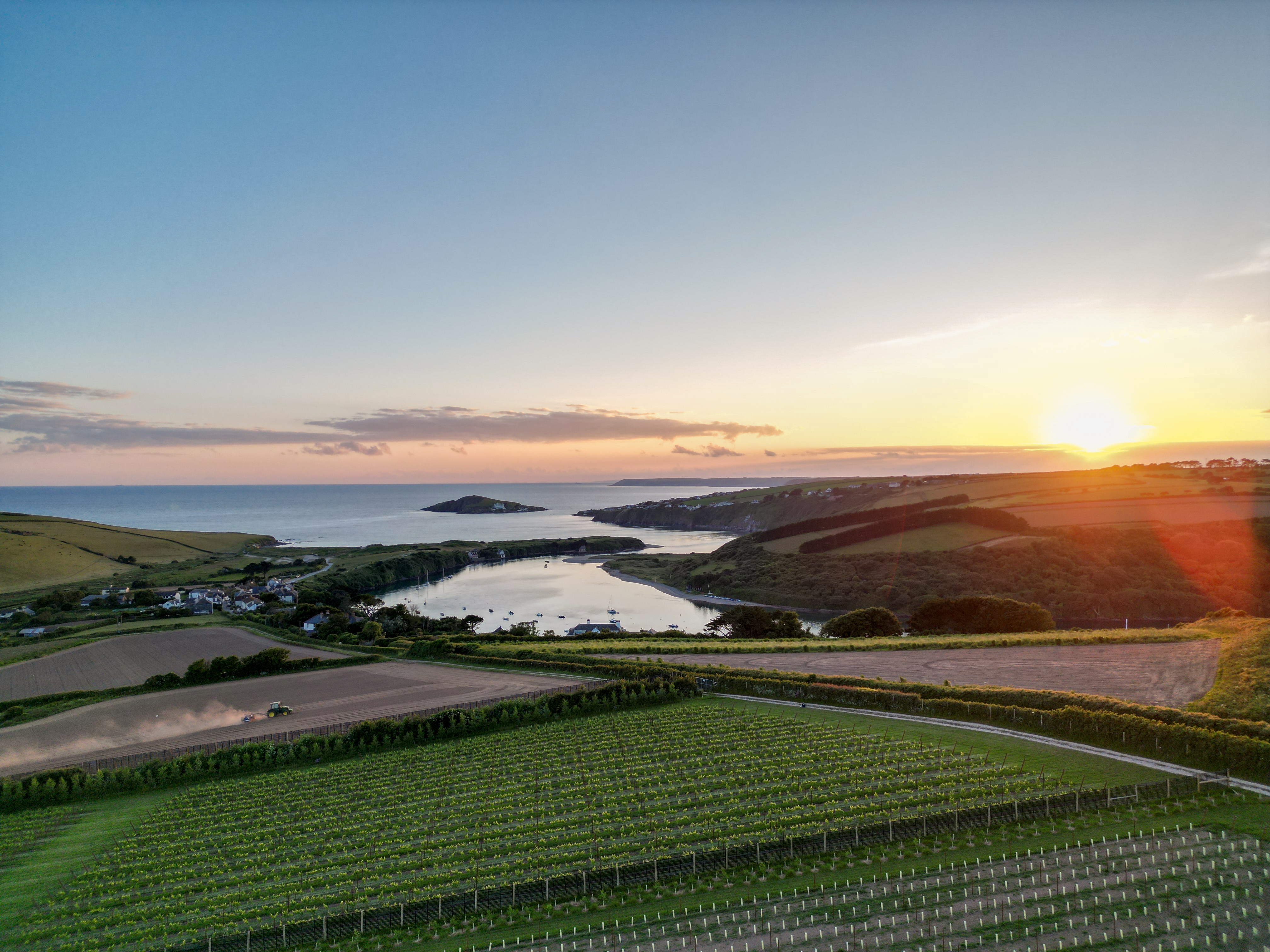 A vineyard for sale on the slopes above 'the best beach in Britain' is for sale at just £650,000
A vineyard for sale on the slopes above 'the best beach in Britain' is for sale at just £650,000In the beautifully unspoilt Devon village of Bantham, an award-winning vineyard is for sale. Toby Keel takes a look.
-
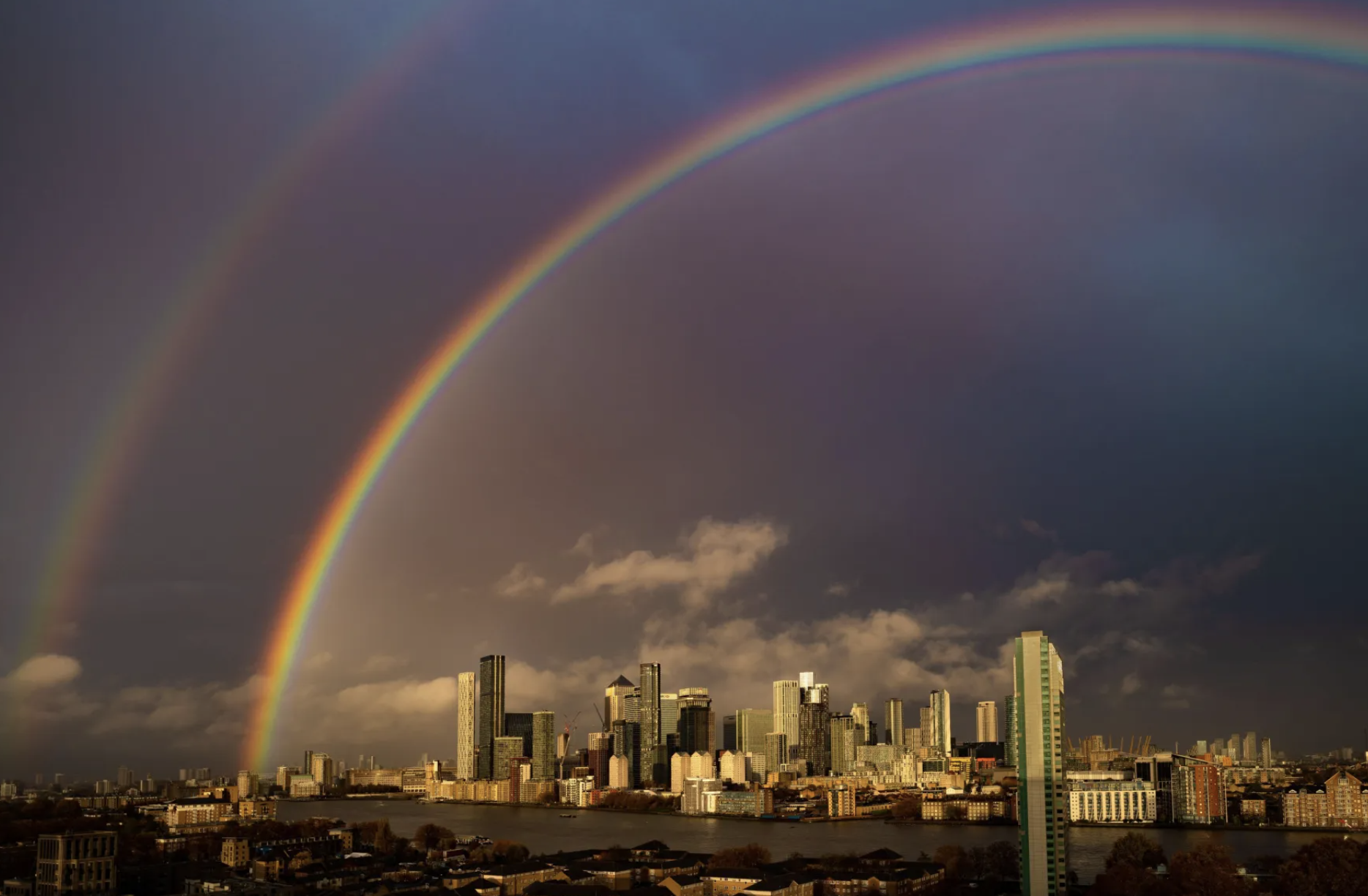 The sun will come out for the Country Life Quiz of the Day, November 14, 2025
The sun will come out for the Country Life Quiz of the Day, November 14, 2025Try your luck at today's quiz.
-
 Madonna, David Bowie, Elizabeth II and me — this is what it’s like to have your photograph taken by Rankin
Madonna, David Bowie, Elizabeth II and me — this is what it’s like to have your photograph taken by RankinThe world-renowned photographer has worked with everyone from acting royalty, to actual royalty. His next subject? Country Life’s wandering scribe, Lotte Brundle.
-
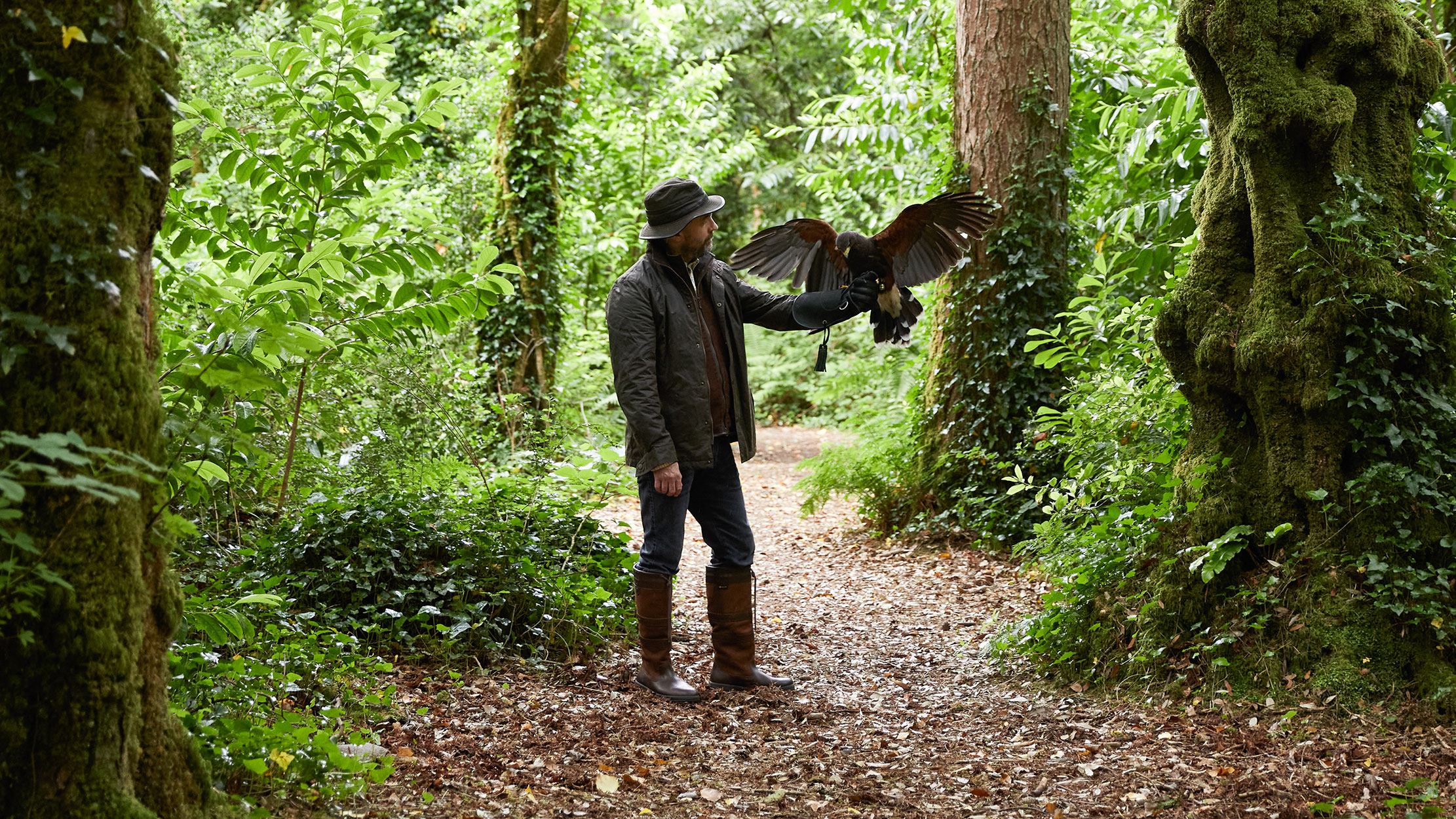 The Falconer's Tale: Tommy Durcan on how an ancient art lives on in 21st century Ireland
The Falconer's Tale: Tommy Durcan on how an ancient art lives on in 21st century IrelandTommy Durcan of Ireland's School of Falcony joins the Country Life podcast.
-
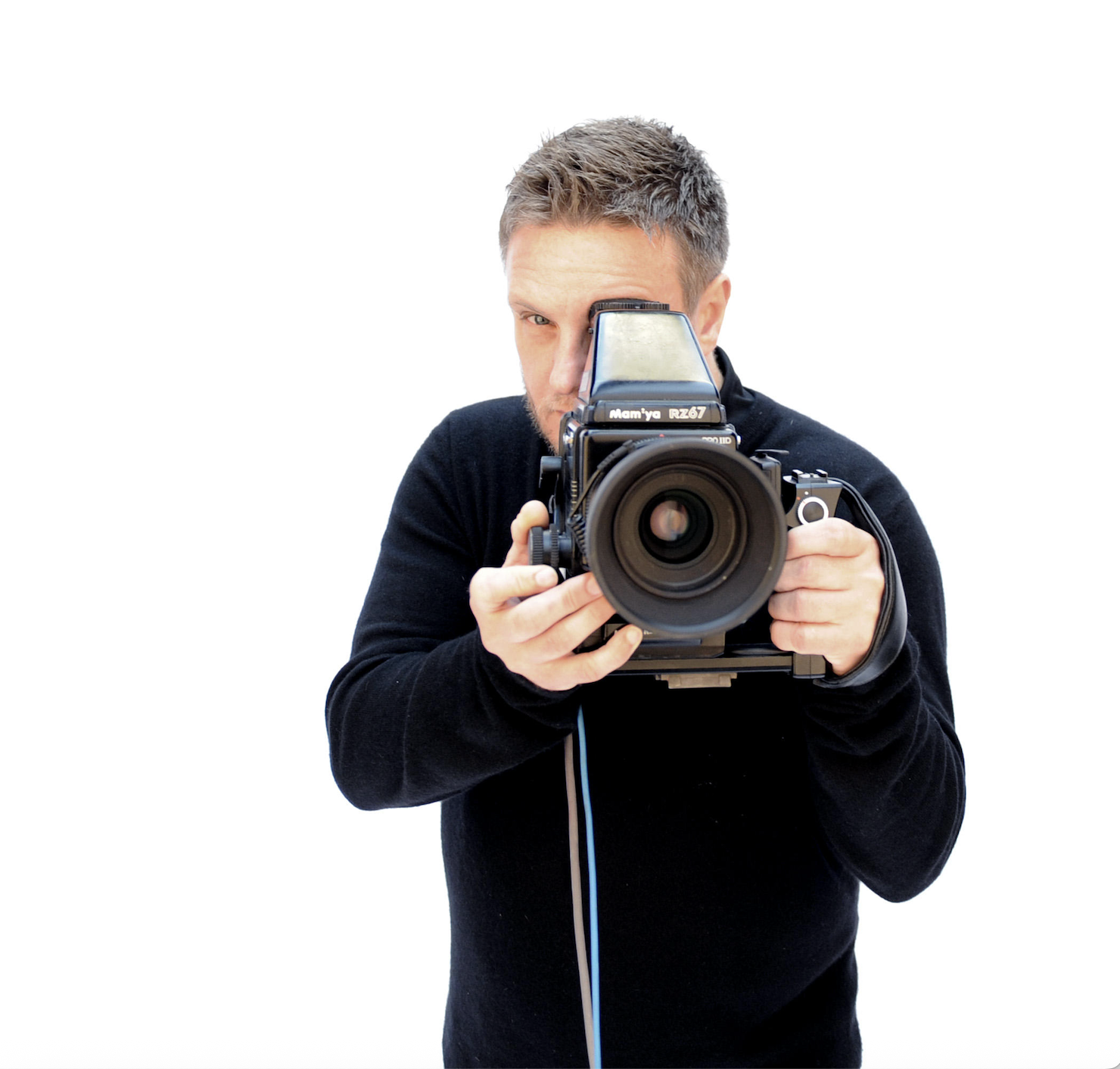 ‘She was absolutely extraordinary. One of my favourite things, photographing her, was the power that came through the door’: Rankin on capturing Elizabeth II, embracing artificial intelligence and almost becoming an accountant
‘She was absolutely extraordinary. One of my favourite things, photographing her, was the power that came through the door’: Rankin on capturing Elizabeth II, embracing artificial intelligence and almost becoming an accountantThe world-renowned photographer tells Lotte Brundle about his most memorable meal, with Liam Gallagher, Patsy Kensit, Elvis Costello and the bass player in The Pogues — along with the rest of his consuming passions.
-
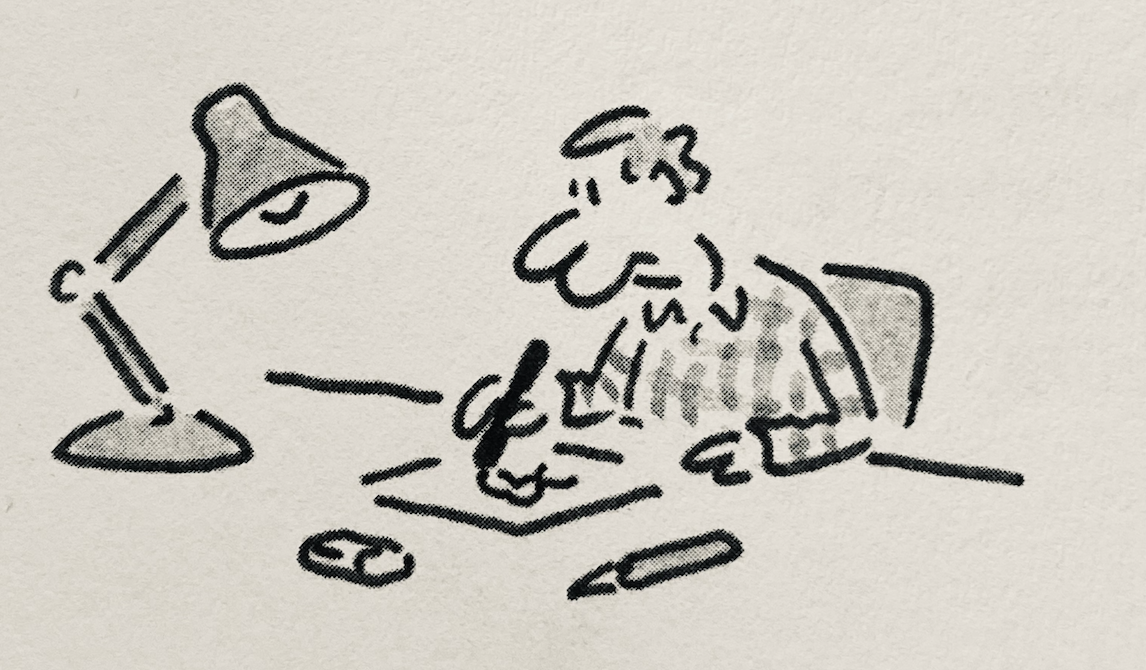 'People always think that, working on The Telegraph, I'll be told that things aren't right wing enough. But in 37 years, I've never, ever been told that’: The Telegraph’s cartoonist Matt on his consuming passions
'People always think that, working on The Telegraph, I'll be told that things aren't right wing enough. But in 37 years, I've never, ever been told that’: The Telegraph’s cartoonist Matt on his consuming passionsThe Daily Telegraph cartoonist Matt — AKA Matthew Pritchett — talks to Lotte Brundle about his career as a cartoonist, his love of Snoopy and how he ‘stole’ his wife from Laurence Llewellyn-Bowen.
-
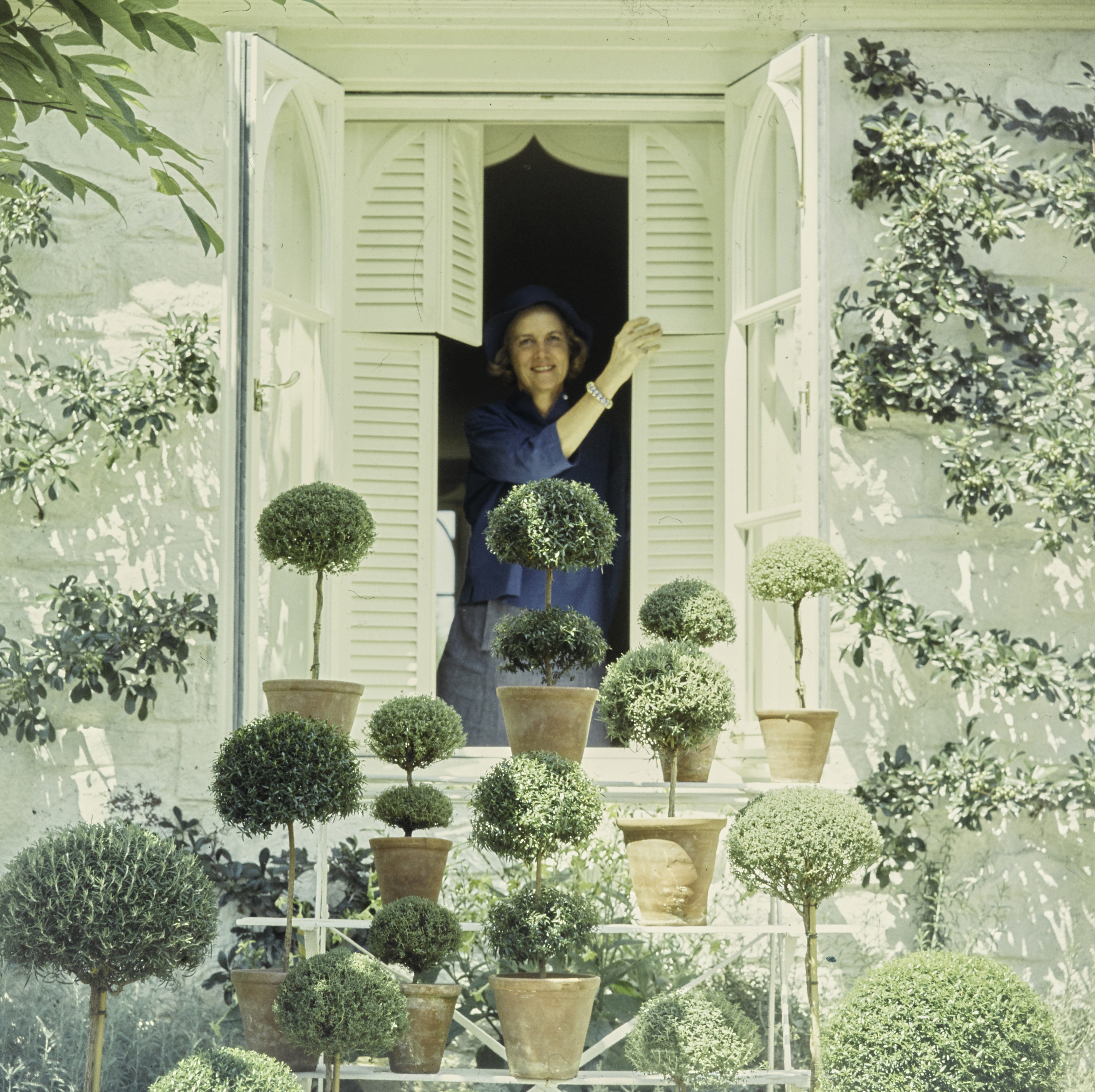 Bunny Mellon: The Truman Capote ‘Swan’, muse and horticulturalist whose creations for The White House were recently lost forever
Bunny Mellon: The Truman Capote ‘Swan’, muse and horticulturalist whose creations for The White House were recently lost foreverAs Tiffany & Co. pay homage to Bunny Mellon with a new Bird on a Rock collection, Owen Holmes takes a look at the most iconic garden designs of this heiress-horticulturist, from her Virginia estate to the White House to Versailles.
-
 'Never has there been a more important time to publicise great Victorian and Edwardian buildings in peril': The importance of saving our historic buildings
'Never has there been a more important time to publicise great Victorian and Edwardian buildings in peril': The importance of saving our historic buildingsFor the 16th year, the Victorian Society is calling on the public to nominate Victorian or Edwardian buildings in England and Wales that are in need of saving.
-
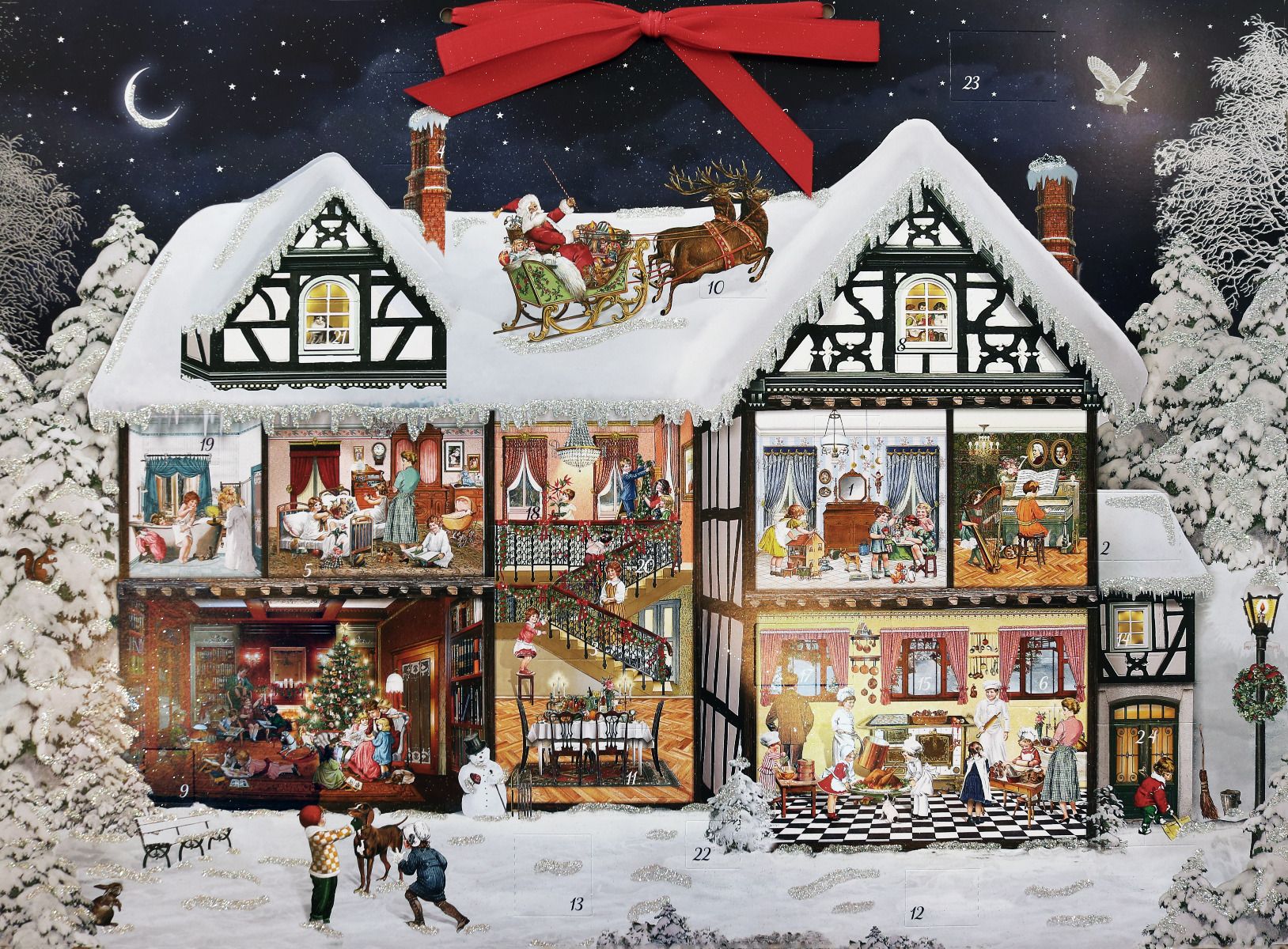 'These days, they have almost nothing to do with Advent and quite a lot to do with bath oil and mini bottles of perfume': A snob’s guide to advent calendars
'These days, they have almost nothing to do with Advent and quite a lot to do with bath oil and mini bottles of perfume': A snob’s guide to advent calendarsSophia Money-Coutts questions whether advent calendars have gone too far.
-
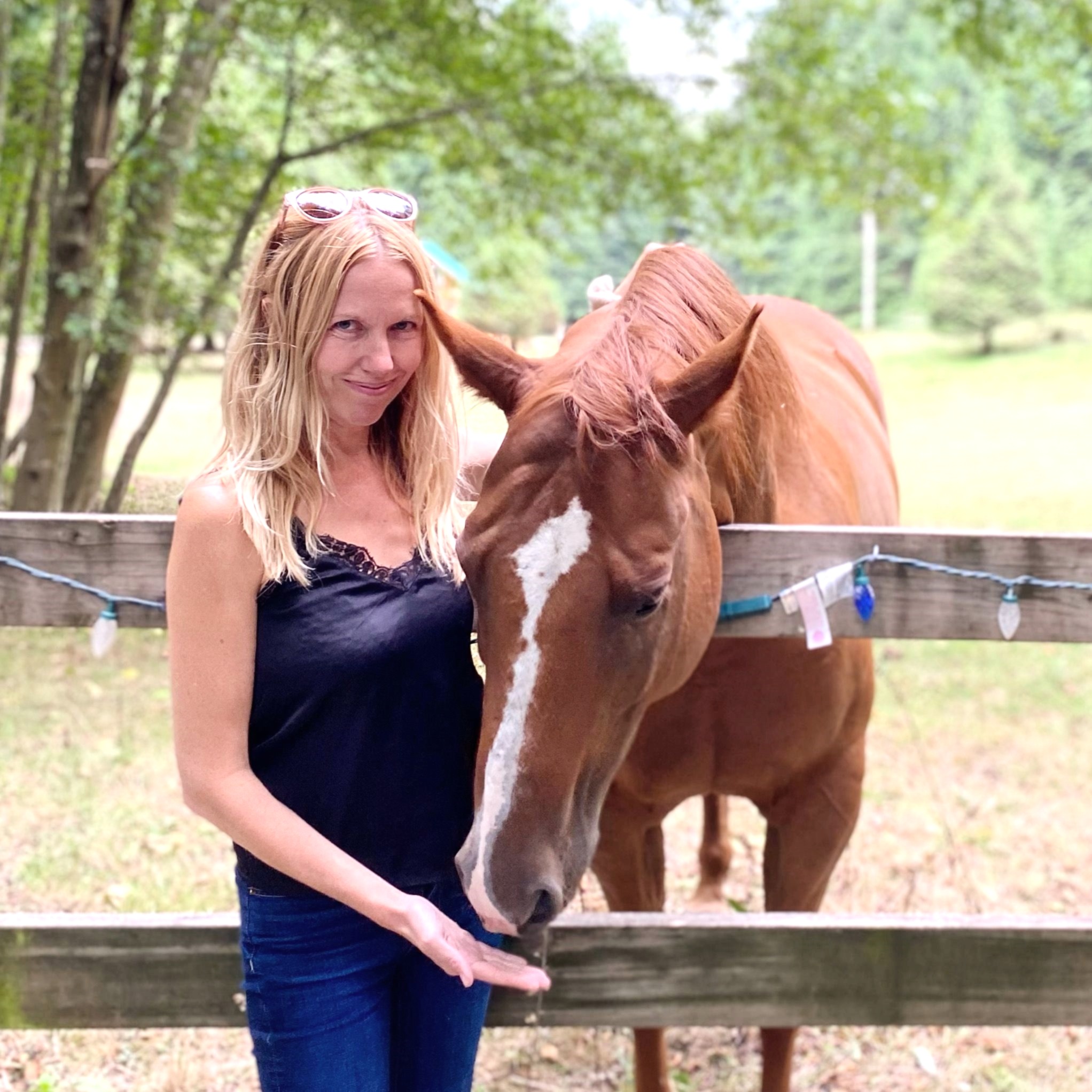 Amelia Thomas: The woman who learned to talk to animals
Amelia Thomas: The woman who learned to talk to animalsAmelia Thomas, the real-life Dr Dolittle who spent years decoding how animals talk, joins James Fisher on the Country Life podcast.
